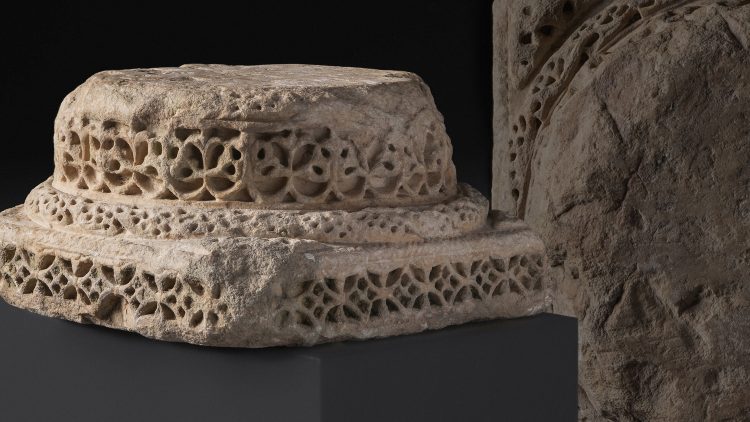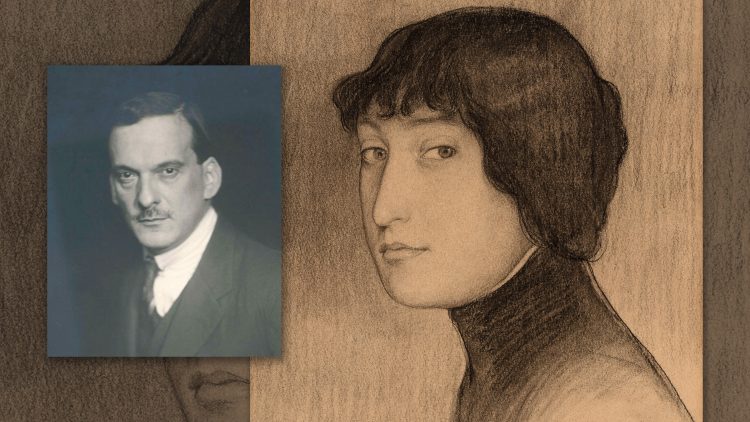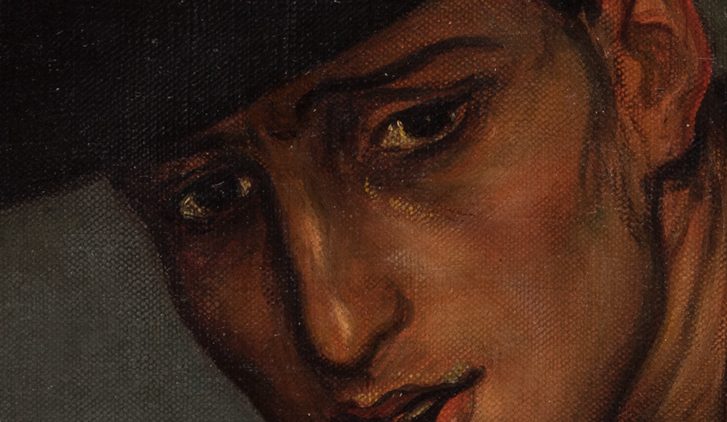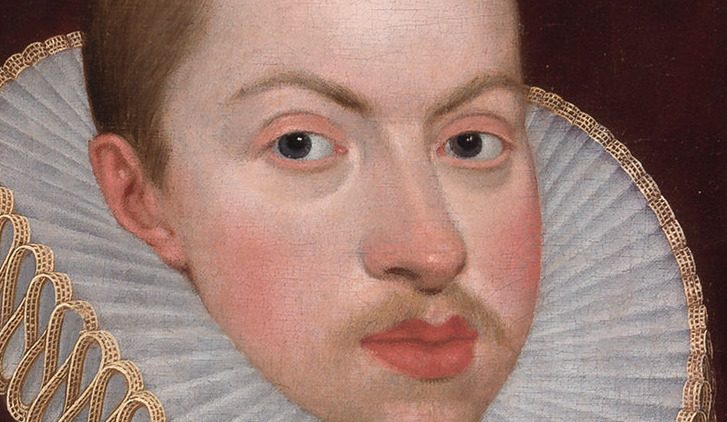


Romero de Torres – Identity and symbol
Julio Romero de Torres has become the quintessential ambassador of Cordovan art. Unlike the majority of artists who achieve fame and the recognition of the critics and the people posthumously, Julio managed to be loved and praised by both of them in life.

Julio Romero Torres painter par excellence of flamenco.
The work of Julio Romero de Torres occupies a similar place in the history of Andalusian painting to that occupied by García Lorca in poetic art, since in both the vernacular reached a depth of universal resonance. Both comparable, in their respective artistic languages, with the effects of cante jondo on the listener’s mind, elevate the apparent banality of regional customs and peculiarities to a sublime expression of shared concerns in any time and place: love and death, desire. passion and instinct, channeled by the magic of creation.

Biblical femme fatale through art
The image of women has been studied and defined throughout history through art, literature and even science, the prototype of the “femme fatal” being one of the most deeply rooted in our cultural imagination. The construction and definition of this stereotype was born in the 19th century from the hand of literature and art where this perception of women as a perverse, demonic and seductive being that leads its male victims to perdition, spread and imposed in all spheres of society.

The Ante-tempore portrait-photography?
During centuries, portraits have fascinated generations of art lovers, conveying faces that would otherwise have inexorably faded over time.
By definition, the portrait is the representation of the physiognomic features of a person, created through different means of expression such as painting, sculpture, photography and literature.
Does this mean that when we look at a portrait, we are seeing the actual effigy of the person’s features? To what extent is a portrait a free interpretation agreed between the subject and the artist of the reality to be portrayed?
